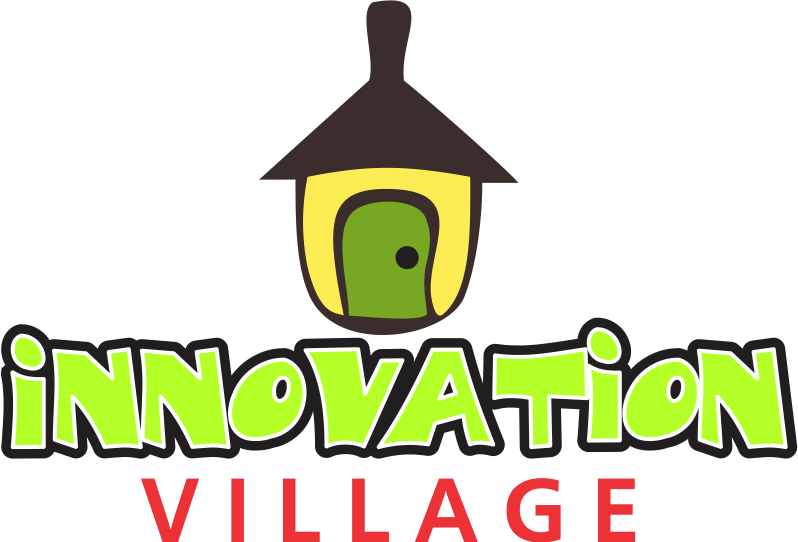Design powerhouse Figma has officially acquired Weavy, a Tel Aviv–based AI company specializing in image and video generation, as part of its growing push into AI-assisted design. The deal, which brings 20 Weavy team members under Figma’s umbrella, will see the startup operate under a new brand — Figma Weave.
Although the acquisition amount remains undisclosed, the move signals Figma’s deeper investment in the fusion of design and generative AI. Weavy, founded in 2024, had raised $4 million in a seed round led by Entrée Capital, with participation from Designer Fund, Founder Collective, and Fiverr’s founder, Micha Kaufman.
For now, Weavy will continue to exist as a standalone product, but Figma plans to eventually merge it into the broader Figma Weave ecosystem — integrating AI image and video generation into its design workflow.
At its core, Weavy’s platform enables designers to blend outputs from multiple AI models while maintaining control and creativity. The tool allows users to generate, edit, and refine media assets — from mockups to brand visuals — using a node-based approach that lets them mix and modify elements such as lighting, color, and angles through prompts.
Designers can also combine prompts from different models — including Sora, Veo, Flux, Ideogram, and Seedream — to produce more refined results. This flexible workflow bridges the gap between AI automation and hands-on design craft.
Figma CEO Dylan Field described Weavy’s approach as “a new level of craft and control in AI generation,” noting that its balance between simplicity and power aligns perfectly with Figma’s vision for the next generation of design tools.
The acquisition also highlights a broader trend in the AI design ecosystem, where top platforms are racing to integrate generative capabilities directly into their workflows. Earlier this month, Perplexity acquired the team behind Sequoia-backed Visual Electric, while Krea announced it had raised $83 million to advance its AI media platform.
As Figma Weave takes shape, it could redefine how designers collaborate with AI — not as a replacement, but as a creative partner that helps ideas move from concept to creation faster and with greater flexibility.


